The COVID-19 pandemic has brought unprecedent disruption to our daily lives, changing the way we educate, the way we work and the way in which we care for the dying and ultimately say goodbye to our loved ones. COVID-19 is not only a public health crisis, but a psychological one, provoking death anxiety, stress and sadness. At present, we are collectively grieving the multiple losses many of us have experienced, these include lost jobs, lost connections with our wider community, and lost opportunities to spend time with family and friends. Many within society have also been affected by loss of their loved ones and it is important to recognize that may individuals are currently grieving following bereavement this year.
To understand the psychological impact of COVID-19, academics and researchers, such as Dr Kerry Jones, Lecturer in End of Life Care, Dr Sharon Mallon, Senior Lecturer in Mental Health, and Dr Erica Borgstrom, Lecturer in End of Life Care, all from the Faculty of WELS School of Health, Wellbeing and Social Care, have begun to explore the experiences of children and young people’s death anxiety as a result of COVID-19, and the impact of the pandemic and death on staff working in long term care establishments, and how grief was reported in UK newspapers during the pandemic.
We know that COVID-19 has upended many our understandings of the world around us, including our sense of predictability, what the future will hold and the belief we can protect those we care for and about.
Here, the authors discuss what this means for some members of society.
COVID-19: Children, young people and death anxiety
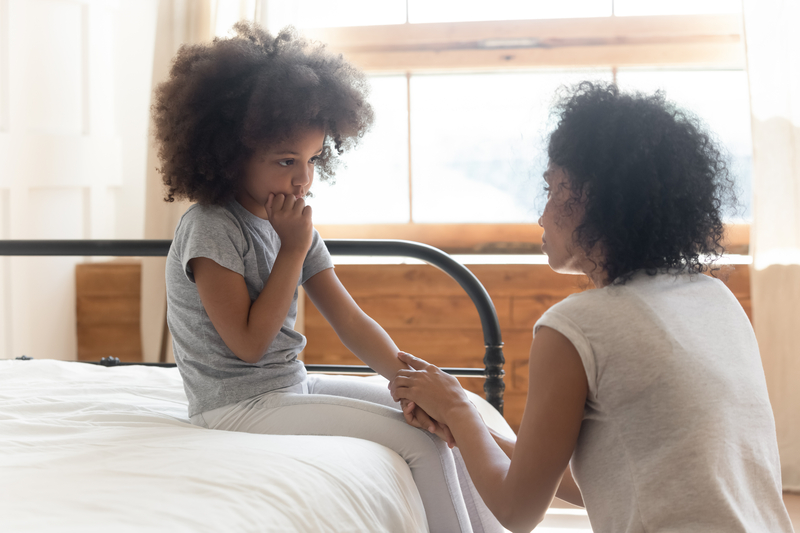
Since the first reported case of COVID-19 in Wuhan China, attempts to stem the spread of the virus have resulted in ‘lockdown’ or quarantine measures in many places, restricting movement between countries and within countries themselves World Health Organisation, (WHO 2020). Lockdown has imposed unexpected social isolation on many of us, disrupting the daily routines of many in the global community. This unexpected disruption to social norms, structure and daily activities has affected the mental health of the whole population including children and young people.
This disruption has impacted upon the way children learn, grow, play, behave, interact and manage emotions.Closures to schools have particularly affected children and adolescents. Measures to curb the virus included the cancellation of classes, total school closures, and education delivered through home-based, online learning (Courtney et al, 2020). Additionally, leisure activities have been limited since in most countries, children have not been allowed to access playgrounds, or social group activities and sports clubs have been closed (Fegert et al, 2020). This disruption has impacted upon the way children learn, grow, play, behave, interact and manage emotions. Quarantine measures can induce isolation, stigma and fear among children, with the most common consequences being restlessness, inattention, anxiety, irritability, increased separation anxiety, and death anxiety (Guessom et al, 2020).
During the current pandemic children, young people and their families have also been exposed to additional factors that can impact on stress and emotional well-being. Parents being furloughed or facing job losses, or being isolated from a parent who is a front-line worker or who has to stay away from the home for prolonged periods of time. This may have instilled a degree of fear in children as they become worried about becoming infected or spreading the virus themselves (Ghosh et al, 2020). The possibility that family members and friends could die are significant stressors affecting young people during COVID-19, especially if they belong to a ‘high risk’ group. Death anxiety occurs where children fear that a parent may contract the virus and ultimately die (Idoiaga, 2020). Social responses to the pandemic has also disrupted the normal grieving processes for families, such as funeral practices. Mourning for lost family members, especially in cases where contact with the person was restricted or prohibited, can be linked to adjustment problems, depression, or post-traumatic stress disorder (Pisano and Galimi, 2020).
While COVID-19 has affected and continues to affect children and young people, the impact of this virus is also acutely felt among staff working in long term care establishments such as residential and nursing homes.
Long term care professionals
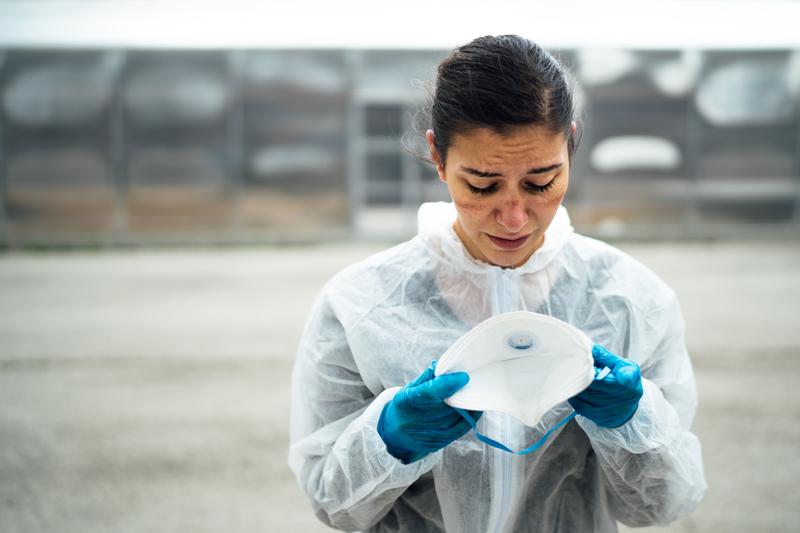
Dr Kerry Jones, Katy Schnitzler and Dr Erica Borgstrom from the Faculty of WELS have undertaken a review of the experiences of long-term care staff during the COVID-19 pandemic. They found that community care facilities, including nursing and residential homes in North America and Europe, have been referred to as hubs and ‘besieged castles’, because they have experienced large outbreaks of COVID-19. (Barnett & Grabowski 2020).
In the UK, while the challenges faced by health care workers working in core NHS services such as hospitals and GP practices, has been much reported upon in the media, the role of staff working in long term care establishments was initially ignored.The virus disproportionately affects care home residents because the increased age, frailty, disability and multimorbidity of residents can make them particularly vulnerable to developing severe COVID-19 infections with additional complications (Logar 2020; Onder et al. 2020).
In the UK, while the challenges faced by health care workers working in core NHS services such as hospitals and GP practices, has been much reported upon in the media, the role of staff working in long term care establishments was initially ignored. This is despite the potential physical and mental health consequences for staff of working in a challenging role with a vulnerable population who we now know where dying in their thousands in affected institutions (Arons, 2020).
While death is an event that can be expected due to the older age and frailty of residents within a care home, the frequency with which death was happening during the COVID-19 pandemic was exceptional (Carter 2020; Duffy, 2020). In addition, the circumstances and restrictions created by infection control, including visits from families being restricted or even prohibited placed great pressure on staff working in care settings (Duffy, 2020). Caring is an extremely demanding occupation and many health and social care workers may not have had the time to acknowledge the emotional impact of a resident’s death (Dempster, 2012). Care home staff often look after their residents for months or even years, building close relationships/family-like bonds with them and their families, thus when a death occurs, this can emulate a significant grief similar to a family loss (Duffy, 2020).
Those caring for older people within long term care establishments during COVID-19 have been presented with a unique set of circumstances. In some care homes, care workers have lived within the care setting to prevent the spread of infection, which means having to spend time away from their own families and support networks (Rajhan et al.2020). Aside from the obvious fear of infection spreading from patient to health care worker and onto their families (or the other way around), workforce shortage, lack of personal protective equipment (PPE) and in some cases the death of co-workers, has challenged the morale of staff working in long term care establishments (Greenberg et al, 2020). Prolonged work hours due to staff shortages, enhanced hygiene routines, and post-duty quarantine protocols beyond the workplace are additional and ongoing sources of stress (Rajkumar, 2020). Ongoing difficulties in dealing with residents, who are often confused and not able to understand the changed circumstances and restricted visits, are shouldered by care workers (Rajhan et al.2020). In addition, in recent months communication with residents’ families who are required to socially distance from an elderly family member has become increasingly challenging.
Sadly, some relatives will die without being able to touch or hug their loved ones. Families have also faced unprecedented restrictions in how they are able to bury or cremate relatives who have died.
Disrupted funeral practices and rituals
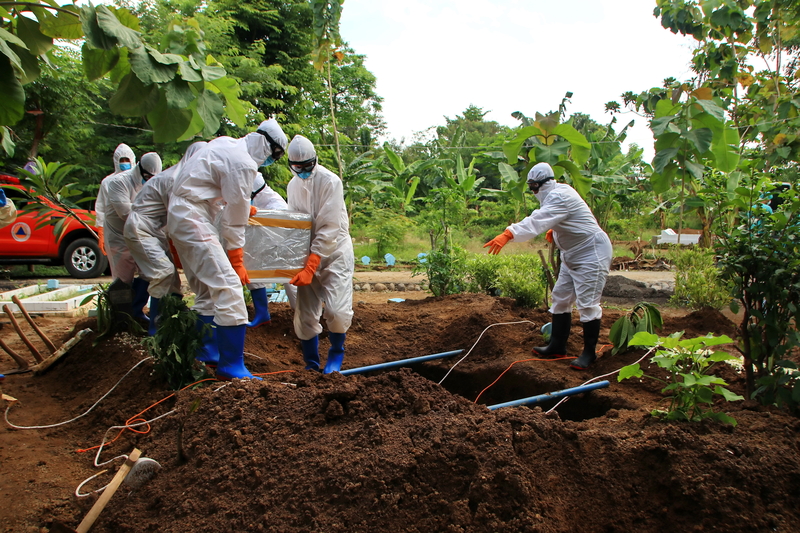
As already reported, the pandemic brought about a series of changes to long established and meaningful practices across a range of areas in society. Some of the most dramatic changes were around death and restrictions to the usual death rituals that families undertake as part of the initial mourning process in the UK (DHSC, 2020). These have been subject to unprecedented legal regulations that meant the timing of funerals could not be chosen by families, and the numbers of people allowed to attend burials and cremations have been severely restricted. In addition, physical distancing rules meant that typical expressions of social and emotional support such as hugs and reassuring touches or embraces, could not be demonstrated (DHSC, 2020). Anecdotal accounts in the media repeatedly reinforced, how important these formal and informal rituals are for how we grieve. The absence of these important aspects may have a significant impact on the health and wellbeing of the bereaved.
We still don’t know how these ongoing restrictions will impact on the long-term support needs of individuals and communities. But academics at the OU are working to help provide the robust research evidence that can be used to influence national policy or third sector responses.
Grief following COVID-19 bereavement
Along with colleagues at the University of Bristol, one of the projects the OU has been involved in is looking at how grief has been reported in UK newspapers during the COVID-19 pandemic. In particular, analysis of how grief was discussed early on in the pandemic (March-April 2020) has shown that the media focused on two main impacts of the pandemic on grief: changing socially expected practices around death (e.g. visiting dying relatives and funeral practices) and the sense that deaths from COVID-19 were bad and represent a tragic loss of life. This was particularly prevalent in early reporting which focused on the deaths of healthcare workers or individuals who were considered not to be in the ‘high risk’ groups, such as children. The media reports included sensationalist language and reflected the uncertainty at the time around guidelines.
Across the reporting, there was an indication that people could expect to face a sense of compounded loss due to how dying and grief were impacted by social and political measures put in place to reduce the spread of the virus. For example, social distancing could mean that someone was unable to be present at a dying person’s bedside. It also impacted funeral services and the ability to socially support bereaved people with visits after a death. People reported not being able to grieve as they would normally expect to. The media discourse at the time then was indicated that COVID-19 disrupted socially held views about what it means to have a good death and to be able to grieve.
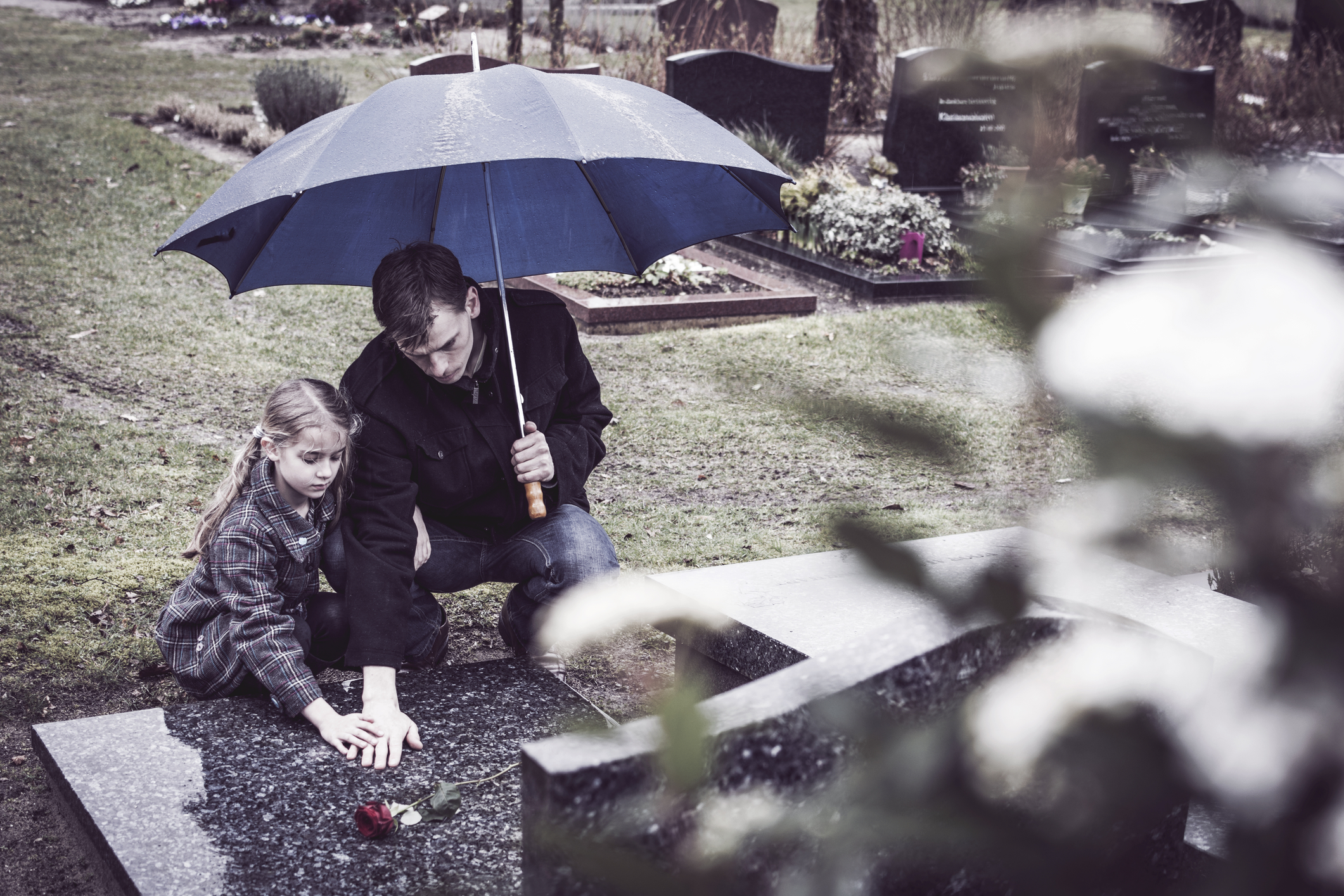
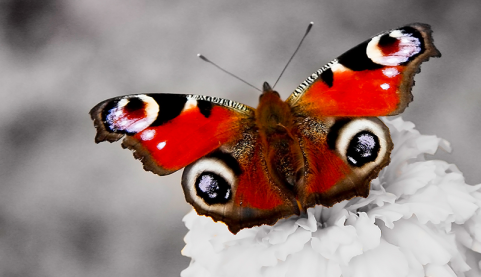
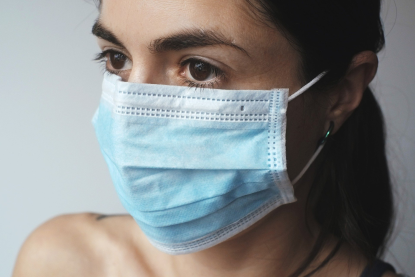


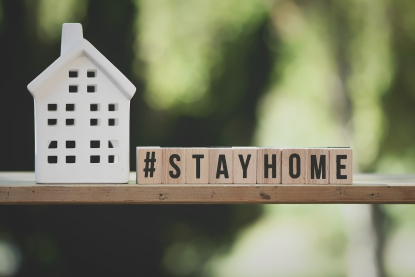





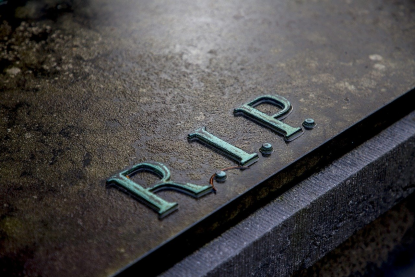





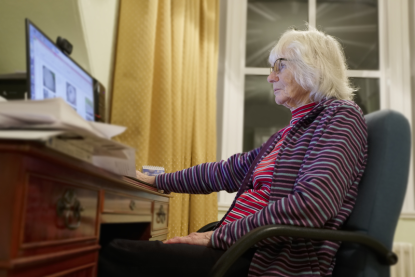
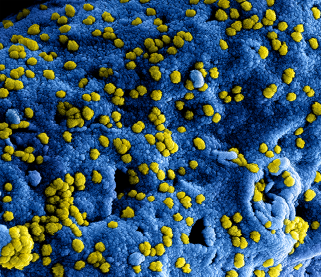

Rate and Review
Rate this article
Review this article
Log into OpenLearn to leave reviews and join in the conversation.
Article reviews